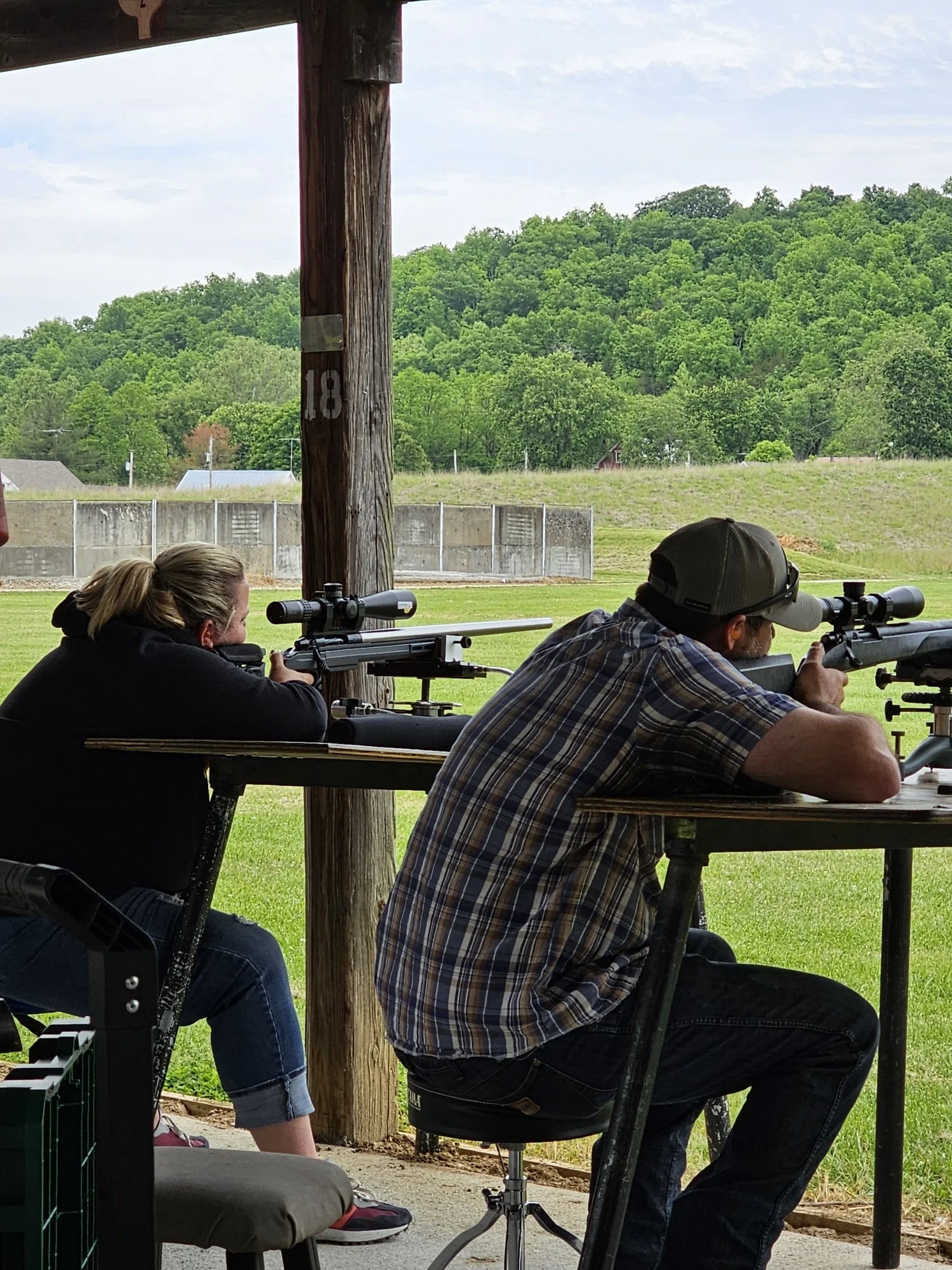The following article appeared first in the June 2020 Issue of “Muzzle Blasts Magazine”, the official magazine from the National Muzzle Loading Rifle Association.
“I first set foot in this Green River country in the spring of 1769. Jim Knox, from the Wolf Hills on the Holston, led a party of us into Kentucky to hunt. Folks called us the Long Hunters because we stayed gone such a time. The country was wilderness in those days. But few white men had ever seen it, and none had settled here.”
So begins an unassuming little book called “The Kentuckians”. The great Janice Holt Giles’ epic tale of a young longhunter’s amazing experiences during the late 1760’s in that vast, totally uninhabited expanse known as “the dark and bloody ground”. Lazy High School student that I was, I chose to read The Kentuckians under odious decree of a compulsory, English class, book report. Drat! My selection of this thoroughly astounding tome, owing mainly to its diminutive and insignificant size. Little did I know… Talk about lightning in a bottle! Hah! Right then and there began my irrepressible zeal for the saga of the longhunter which still holds me in its burly grip yet today.
Once anyone becomes seriously entangled amidst the bona fide history of true, classic longhunting; various intriguing references and allusions to this place called “the Wolf Hills” begin to pop up regularly. Arising from the most inauspicious, trifling parties you seldom ever hear about to the best known and most famous woodsmen of that age: “…Daniel Boone, accompanied by several hunters, visited the Holston and camped the first night in what is now known as Taylor’s Valley. On the succeeding day, they hunted down the South Fork of Holston river and traveled thence to what was known as the Wolf Hills, where they encamped the second night near where Black’s Fort was afterwards built. It is interesting to note at this point that Daniel Boone and his companions, immediately after nightfall, were troubled by the appearance of great numbers of wolves, which assailed their dogs with such fury that it was with great difficulty that the hunters succeeded in repelling their attacks and saving the lives of their dogs, a number of which were killed or badly crippled by the wolves. The wolves had their home in the cave that underlies the town of Abingdon. The entrance to this cave is upon the lot now occupied by the residence of Mr. James L. White.” 2 Yes… Actually, the huge entrance to the infamous Wolf Cave of so much extraordinary, longhunting lore, is now wholly contained within the backyard of a beautiful, Victorian house - located in central, downtown Abingdon!
John Curry
To read the full article, subscribe to Muzzle Blasts TODAY
References:
1 Giles, Janice Holt, The Kentuckians, p. 2.
2 Summers, Lewis Preston, Southwest Virginia, 1746- 1786, p.76.
3 Haywood, John, Civil and Political History of the State of Tennessee, p. 55.
4 John D. Shane’s interview with William Clinkenbeard, Filson Club Quarterly, Vol. 2, No. 3, April 1928, p.105.
5 John D. Shane’s interview with John Hedge, Filson Club Quarterly, Vol. 14, No. 3, July 1940, p.181.






















